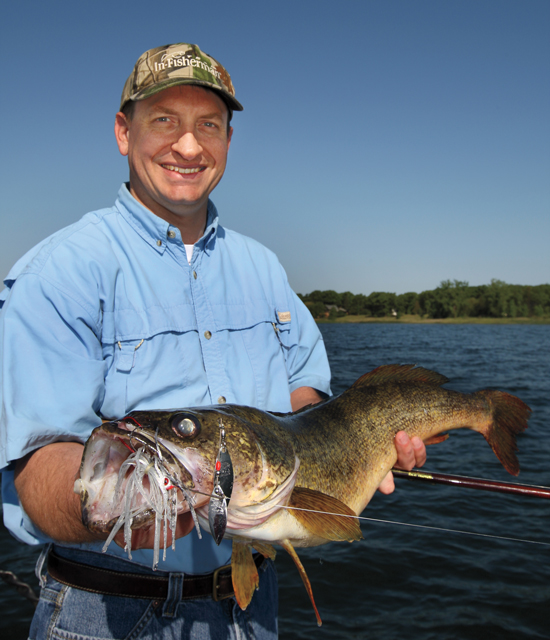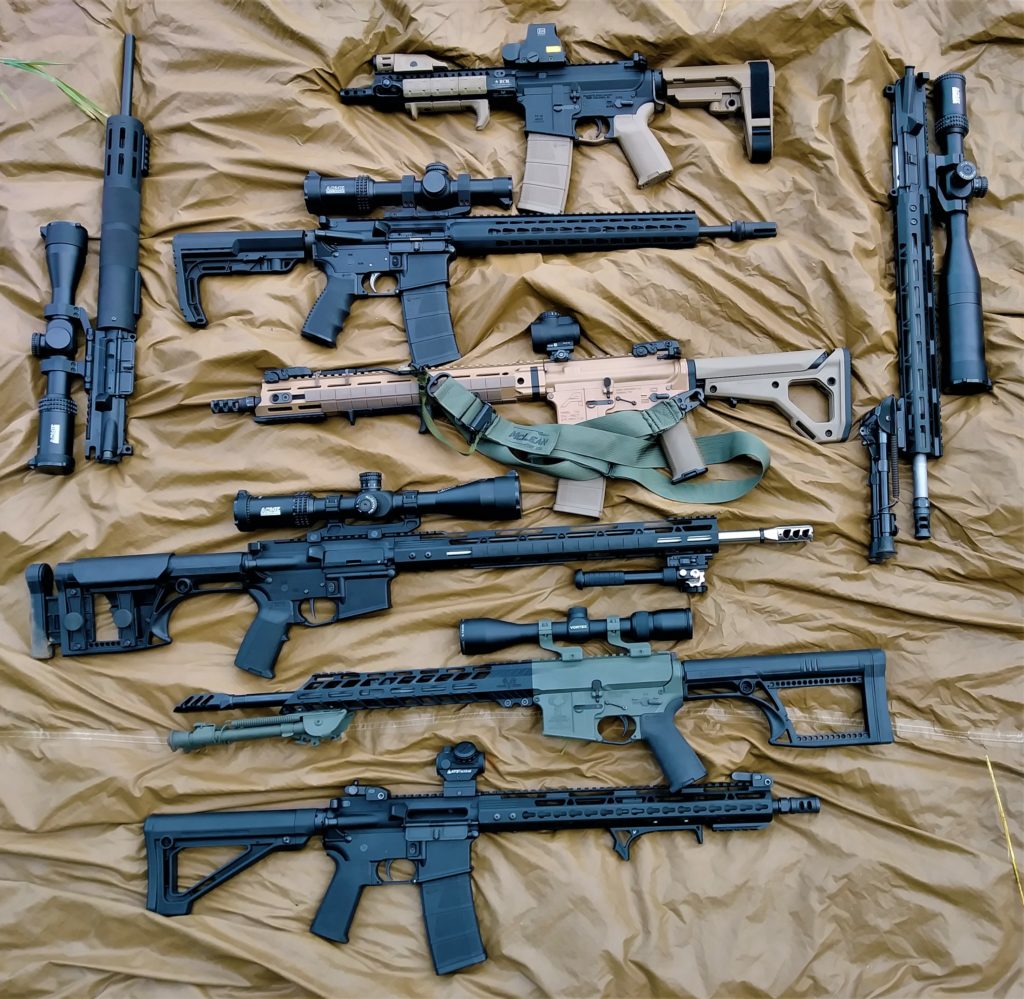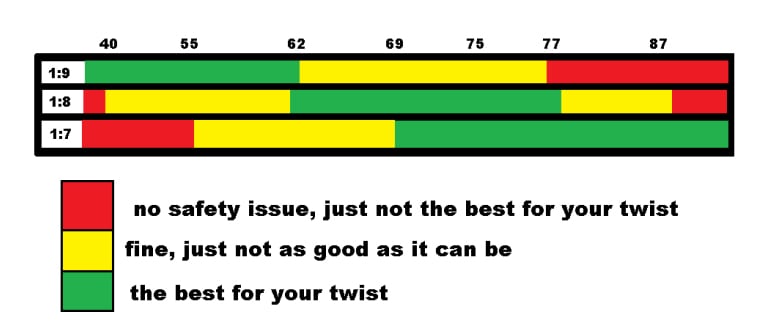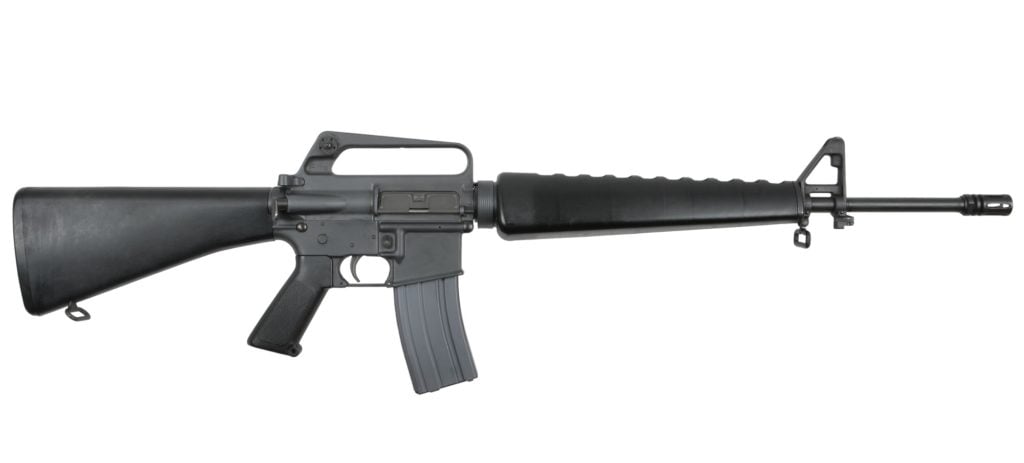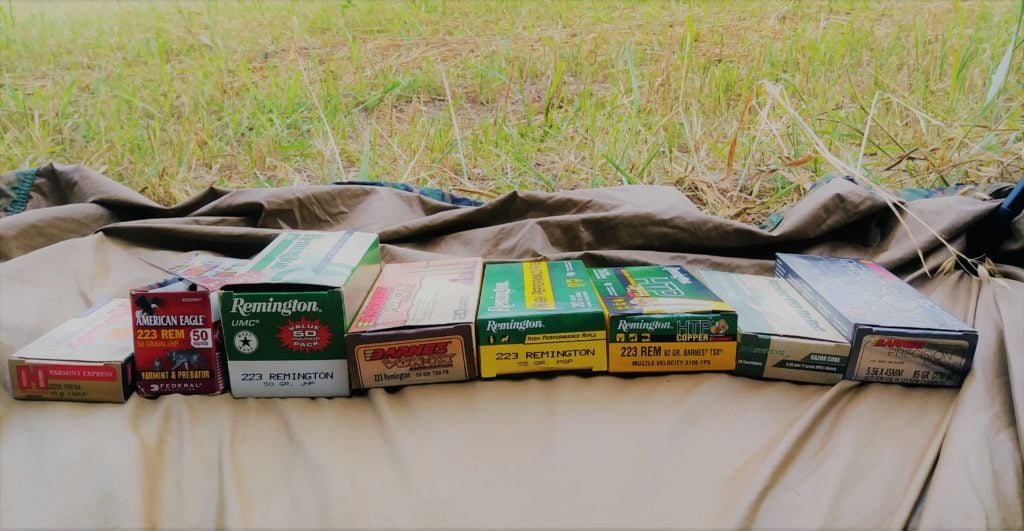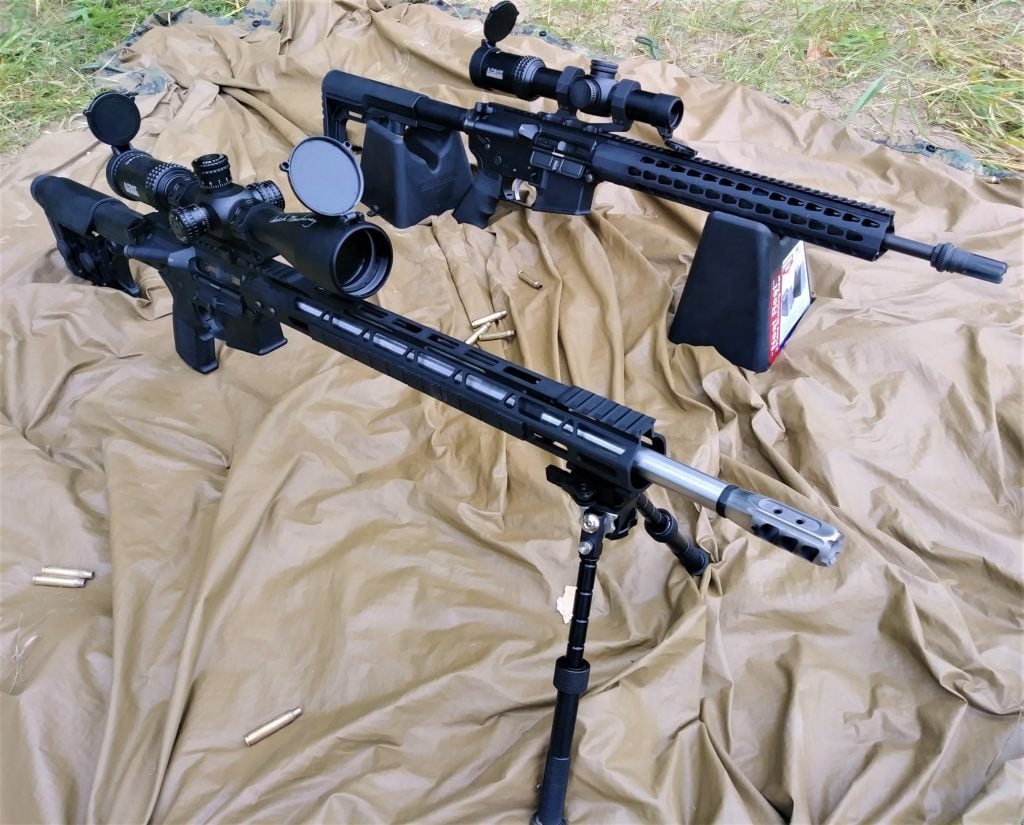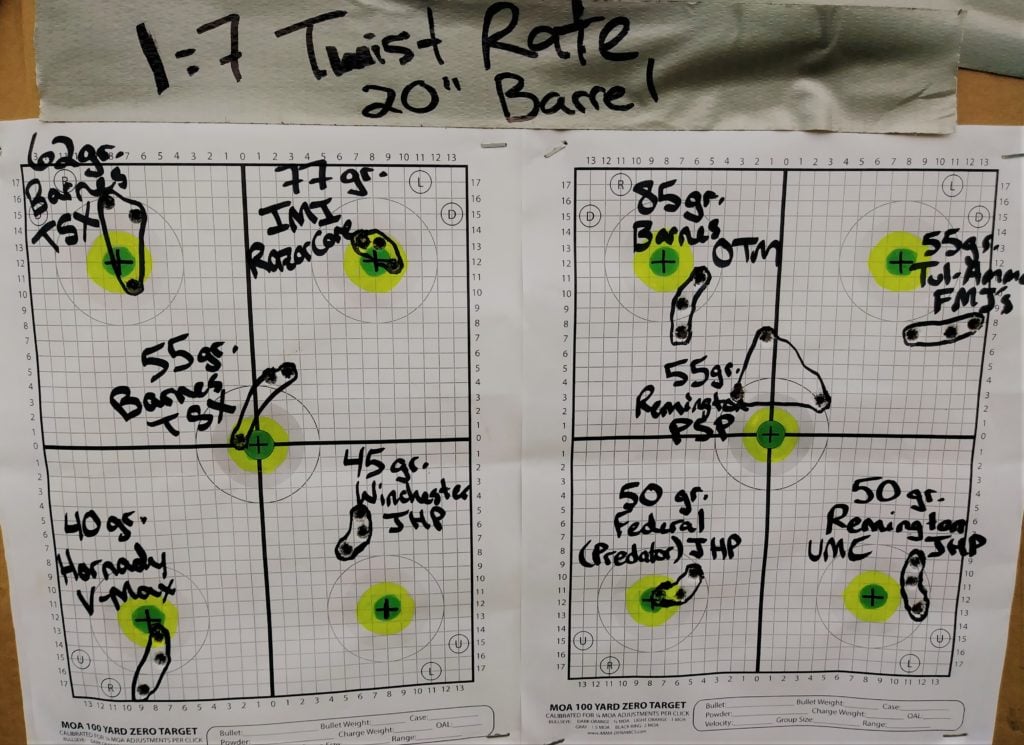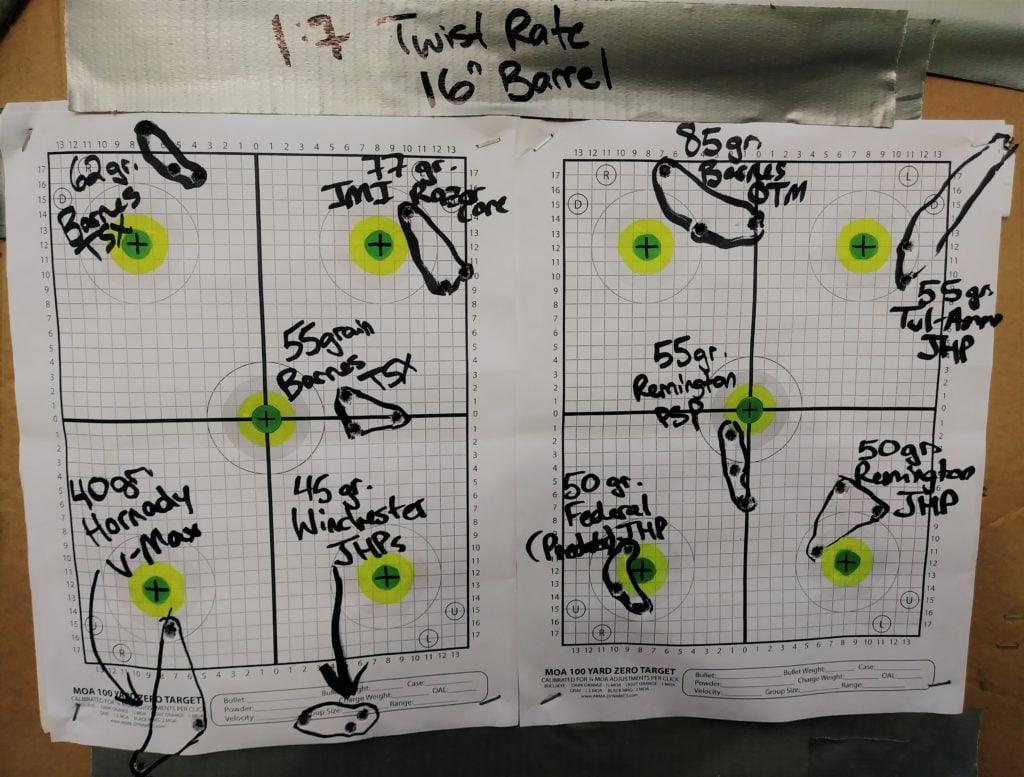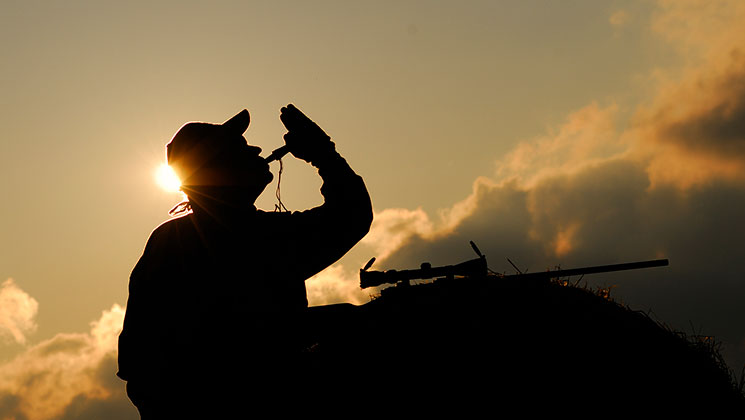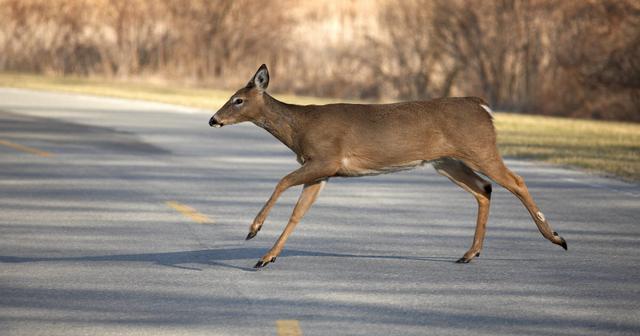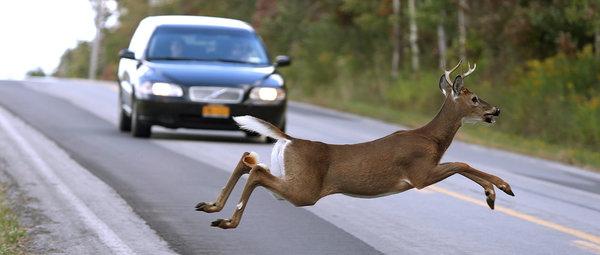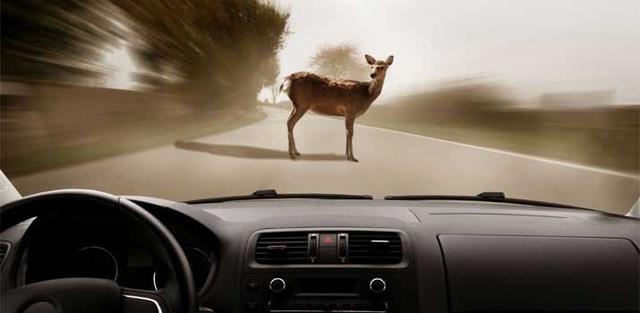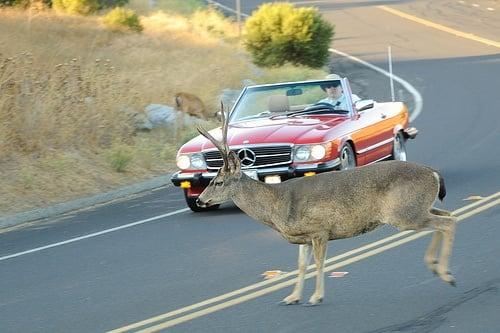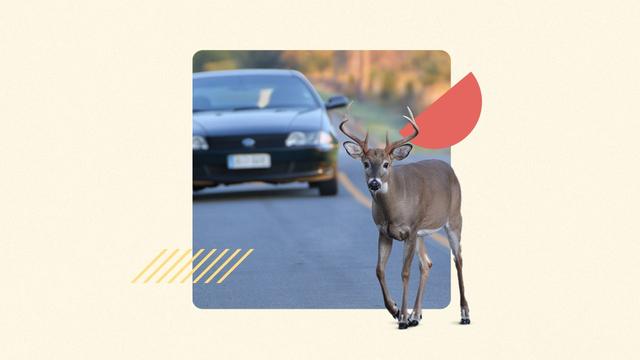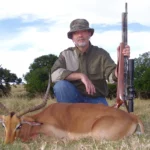UPDATED 17 MAY 2024
by Eric Bartlett
If you’re thinking about getting a new trolling motor, it’s important to get an overview of the different trolling motor brands, as well as their most important characteristics.
In this article we’ll walk you through the most important trolling motor brands, and what you can expect from them in terms of quality and pricing.

Table of Contents
- What are the different brands of trolling motors?
- Minn Kota trolling motors
- MotorGuide trolling motors
- Rhodan trolling motors
- Lowrance trolling motors
- Garmin trolling motors
- Newport Vessels trolling motors
- Watersnake trolling motors
- Haswing trolling motors
- What trolling motor brands have spot lock?
- What are cheap trolling motor brands?
- Final remarks
What are the different brands of trolling motors?
Here is a list of the most important electric trolling motor brands currently on the market:
- Minn Kota
- MotorGuide
- Rhodan
- Lowrance
- Garmin
- Newport Vessels
- Watersnake
- Haswing
Now let’s take a closer look at each of these brands, and discuss where they are made, what types of trolling motors they produce, and at what price range they typically sell.
Minn Kota trolling motors

Minn Kota is the oldest electric trolling motor company in the world, and was founded in 1934 by O. G. Schmidt, who invented the first electric trolling motor earlier that same year.
This explains their long and rich history in the trolling motor industry, and why they have been a market leader in this space for many decades.
The parent company of Minn Kota is Johnson Outdoors, which also owns Humminbird.
As a result of this connection, Minn Kota trolling motors are generally compatible with Humminbird boat electronics, and in fact their high end models are built to network seamlessly with Humminbird units.
Where are Minn Kota trolling motors made?
Minn Kota trolling motors are designed and manufactured in Mankato, Minnesota.
The fact that their motors are proudly handcrafted in the USA explains why it can be difficult to get Minn Kota trolling motors, since their plant in Mankato sometimes struggles to keep up with the constant high demand.
What types of trolling motors does Minn Kota make?
Minn Kota makes a wide variety of freshwater and saltwater trolling motors, ranging from small, basic units with tiller steering, all the way to high end spot lock trolling motors with built-in transducers.
Their most high end model is the Ultrex, which is currently one of the best GPS controlled trolling motors on the market.
In addition to trolling motors, Minn Kota also makes electric outboard motors, shallow water anchors, and battery chargers.
At what price range are Minn Kota trolling motors usually sold?
$ to $$$ – Minn Kota trolling motors come in all prices, starting just over $100 for the cheapest models, and going up to over $3,500 for the most expensive high end models.
MotorGuide trolling motors
Oklahoma based MotorGuide is one hundred percent specialized in trolling motors, and provides a high quality alternative to Minn Kota at a more affordable price.
Where are MotorGuide trolling motors made?
MotorGuide trolling motors are made in Tulsa, Oklahoma. This reliance on US based production is one reason for their high quality motors, but also explains why it can be hard to get a MotorGuide model of choice.
The parent company of MotorGuide is Brunswick Corporation, which also owns a wide range of other boating and marine brands.
What types of trolling motors does MotorGuide make?
MotorGuide makes a wide variety of saltwater and freshwater trolling motors, including hand controlled units, cable steer trolling motors, as well as high end GPS controlled units.
Their most high end model is the Tour Pro, which was developed specifically for the bass pro circuit.
At what price range are MotorGuide trolling motors usually sold?
$ to $$ – High end MotorGuide models are generally cheaper than high end Minn Kota models, and rarely exceed the $2,000 price point.
Their cheap models, on the other hand, are similarly priced, and start between $100 and $200.
Rhodan trolling motors
Sarasota based Rhodan Marine Systems vies with Minn Kota for the title of best high end trolling motor brand made in the USA.
Where are Rhodan trolling motors made?
Rhodan trolling motors are designed and built in Sarasota, Florida. In addition to manufacturing locally in the USA, they are also famous for their world class customer support if one of their units is defective.
What types of trolling motors does Rhodan make?
Rhodan specializes almost exclusively in making GPS controlled trolling motors that are primarily used by saltwater anglers.
In addition to trolling motors, they also make and sell a wide range of accessories and spare parts of trolling motors.
At what price range are Rhodan trolling motors usually sold?
$$ to $$$ – Rhodan GPS anchor trolling motors are definitely at the expensive end of the scale, and come at a higher cost than Minn Kota high end models.
Since they only make GPS controlled units, they don’t provide any low cost or entry level options.
Lowrance trolling motors
Tulsa based Lowrance is primarily known for their fish finders and other boat electronics, but in 2019 entered into the trolling motor market when they released their Ghost trolling motor.
The nice thing about this is that the Ghost integrates well with Lowrance fish finders and mapping devices, and is built to network with them.
Where are Lowrance trolling motors made?
Lowrance trolling motors are designed in Tulsa, Oklahoma, and built in Ensenada, Mexico.
What types of trolling motors does Lowrance make?
Lowrance currently only makes a single trolling motor model, the Ghost. The Ghost is a high end GPS controlled unit with built-in transducer, and was designed to compete with the top spot lock trolling motors on the market.
At what price range are Lowrance trolling motors usually sold?
$$$ – The Lowrance Ghost is currently one of the most expensive trolling motors on the market, and costs upwards of $3,300. At this price point it competes with the most high end spot lock models of Minn Kota, Rhodan, and Garmin.
Garmin trolling motors
Olathe based Garmin makes a wide range of consumer and marine electronics. Just like Lowrance, they entered the trolling motor market in 2019, when they released their Force trolling motor.
Where are Garmin trolling motors made?
Garmin trolling motors are built in Olathe, Kansas, and Taiwan. Since Garmin also produces a wide range of fish finders and mapping electronics, the nice thing about this is that the Force trolling motor is compatible with other Garmin boat electronics.
What types of trolling motors does Garmin make?
Garmin currently makes a single trolling motor model, the Force. And similar to the Lowrance Ghost, the Garmin Force is a high end spot lock trolling motor that comes with a built-in Garmin transducer.
At what price range are Garmin trolling motors usually sold?
$$$ – The Garmin Force is currently among the most expensive trolling motors (second only to the Lowrance Ghost), and costs upwards of $3,100. In this price category it competes head to head with the Lowrance Ghost, Minn Kota Ultrex, and MotorGuide Tour Pro.
Newport Vessels trolling motors
Newport Vessels is relatively new to the trolling motor market, and specializes in entry level models that are competitively priced.
Where are Newport Vessels trolling motors made?
Newport Vessels trolling motors are made in China. In addition to trolling motors, they also make electric outboards, boats, and a range of marine accessories and parts.
What types of trolling motors does Newport Vessels make?
Newport Vessels specializes in making basic electric trolling motors for small boats, kayaks, and pontoon boats.
At what price range are Newport Vessels trolling motors usually sold?
$ – Newport Vessels models are all in the low cost end of the price scale, with the cheapest trolling motors starting around $150, and going up to $470 for the most expensive model.
Watersnake trolling motors
Australian based Watersnake Motors belongs to the Jarvis Walker group of companies that produce a wide range of fishing, boating, and marine electronics products.
Where are Watersnake trolling motors made?
Watersnake trolling motors are made in Dandenong South, Victoria, Australia.
What types of trolling motors does Watersnake make?
Watersnake produces several basic trolling motors for kayaks and small boats, as well as a high end GPS controlled trolling motor model.
At what price range are Watersnake trolling motors usually sold?
$ to $$ – Most Watersnake trolling motors are at the low cost end of the price scale. They start around $150, and go up to around $550.
The main exception to this is the Geo-Spot trolling motor, which comes with GPS anchor and costs about $1,500.
Haswing trolling motors

Chinese based Haswing Outdoor produces some of the most affordable trolling motors with GPS navigation functionalities.
Where are Haswing trolling motors made?
Haswing trolling motors are made in Yantai, Mainland China. In addition to trolling motors they also provide a range of spare parts and accessories.
What types of trolling motors does Haswing make?
Haswing makes a handful of basic transom and bow mount trolling motors, as well as a sophisticated GPS controlled unit that integrates with a mapping app called Helmsman.
At what price range are Haswing trolling motors usually sold?
$$ – Haswing specializes in middle of the range pricing with most of its models, with prices starting around $300, and going up to $800.
The main exception to this is their Cayman GPS model, which costs around $1,170, and is second only to the Minn Kota PowerDrive as the cheapest spot lock trolling motor on the market.
What trolling motor brands have spot lock?
The following trolling motor brands make models with spot lock:
- Minn Kota
- MotorGuide
- Rhodan
- Lowrance
- Garmin
- Watersnake
- Haswing
In addition to this, Minn Kota and MotorGuide enable you to retrofit some of their models by adding spot lock functionality to them after market (even if they originally did not have spot lock).
What are cheap trolling motor brands?
The following trolling motor brands make cheap models:
- Minn Kota
- Newport Vessels
- Watersnake
- Haswing (Cayman GPS series)
Interestingly, Minn Kota not only makes some of the best and most expensive trolling motors on the market, but also provides some of the most competitively priced models (including cheapest trolling motor overall, as well as the cheapest spot lock trolling motor on the market).
Final remarks
This concludes our discussion of the top trolling motor brands.
While trolling motors have become increasingly popular over the years, most trolling motors are made by just a handful of brands that are dominating the global market.
Note that in addition to these, there are several other trolling motor brands made by companies that don’t specialize in producing trolling motors, but instead make a wide variety of other products, which we did not include here.
If you’re currently debating what kind of trolling motor to get for your boat, check out our article on the pros and cons of 12V vs 24V trolling motors








![Air gun 101: The differences between .177 & .22 – Which jobs they do best ? [Infographic]](https://airgunmaniac.b-cdn.net/wp-content/uploads/2024/11/1773-218x150.jpeg)






























